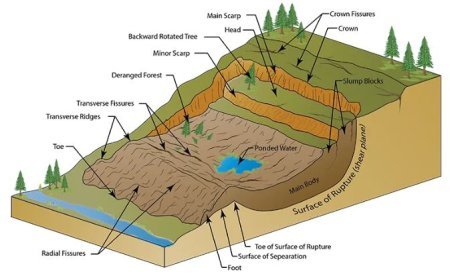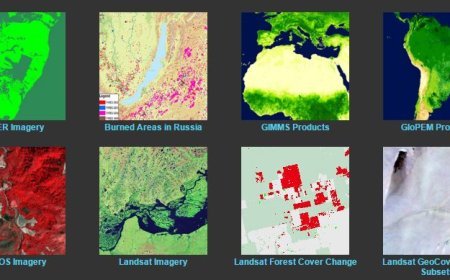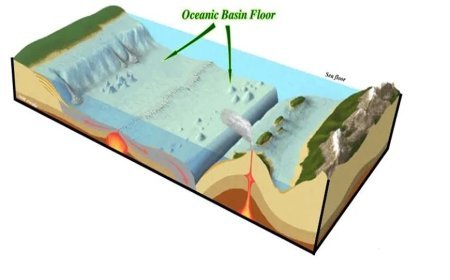TECTONIC DIVISIONS OF INDIA
Explore the tectonic divisions of India and learn about their significance in shaping the country's geological landscape. Understand the role of tectonic processes in forming India's terrain.

Tectonic Classifications of India
- India is a region of geological marvels, characterised by a varied topography formed over millions of years of tectonic processes.
- The Indian subcontinent resulted from the collision of the Indian and Eurasian tectonic plates, leading to the establishment of diverse tectonic divisions within the region.
Main Tectonic Divisions
- Indo-Gangetic Plain
- The Indo-Gangetic Plain, situated in northern India, is an extensive and fertile area created by silt deposition from the Himalayas. This region is defined by its flat topography and fertile alluvial soil, rendering it one of the nation's most significant agricultural areas.
- Peninsular India
- Peninsular India encompasses the southern region of the nation and is composed of old crystalline formations. It is additionally partitioned into three sub-regions:
- Deccan Plateau: An extensive, elevated area characterised by undulating hills, encompassing a significant portion of central and southern India.
- Eastern Ghats: A succession of mountain ranges situated along the eastern coastline, creating a natural demarcation between the Deccan Plateau and the Bay of Bengal.
- Western Ghats: A precipitous escarpment situated along the western coastline, ascending abruptly from the narrow coastal plain.
3. Himalayas
- The Himalayas, situated in northern India, are a magnificent mountain range created by the convergence of the Indian and Eurasian tectonic plates.
- They comprise elevated mountain summits, glaciers, and profound valleys. The Himalayas are subdivided into three sub-ranges:
- Greater Himalayas: The highest elevations, encompassing Mount Everest, the tallest mountain globally.
- Lesser Himalayas: The lower ranges situated south of the Greater Himalayas, creating a rough and scenic terrain.
- Siwaliks: A succession of low hills at the base of the Himalayas, delineating the transition to the Indo-Gangetic Plain.
4. Northeast India
- Northeast India is a geographical area characterised by hills, valleys, and plateaus, situated in the northeastern part of the nation.
- The collision of the Indian and Burma plates has resulted in a complicated geological structure.
5. Coastal Plains
- India possesses limited coastal plains along its eastern and western shores.
- The plains are created through the deposition of sediments from rivers and oceans, resulting in fertile agricultural land and sustaining a diverse coastal ecology.
What's Your Reaction?



































